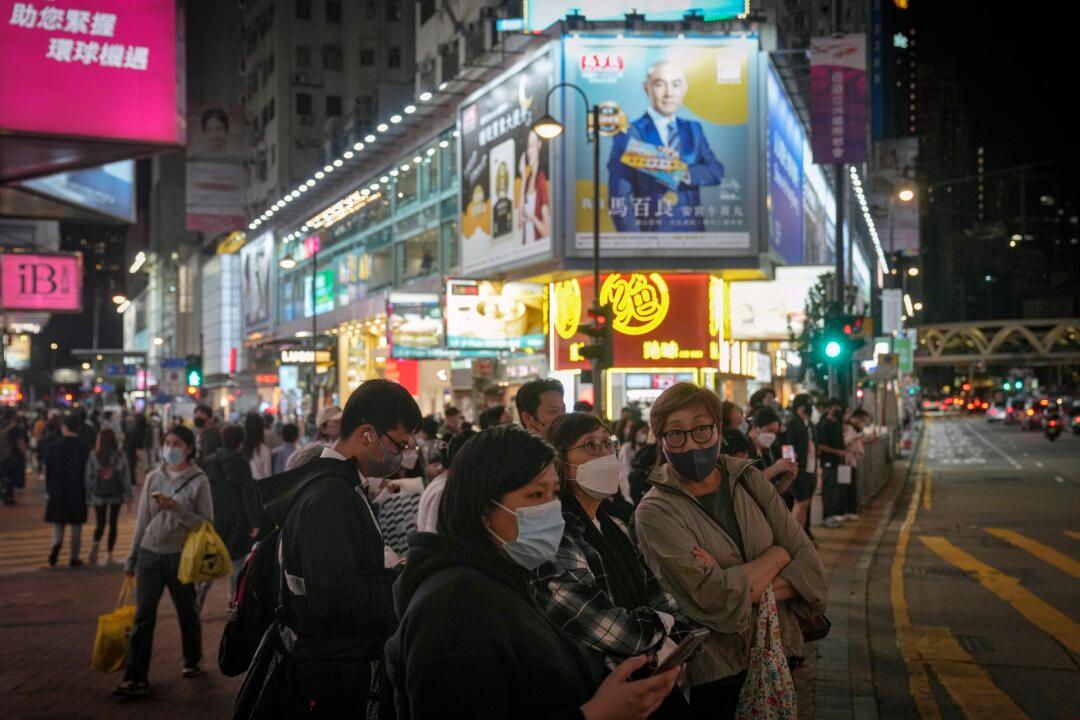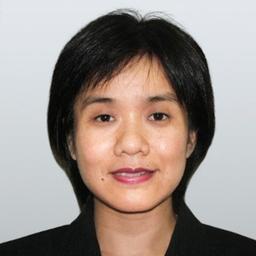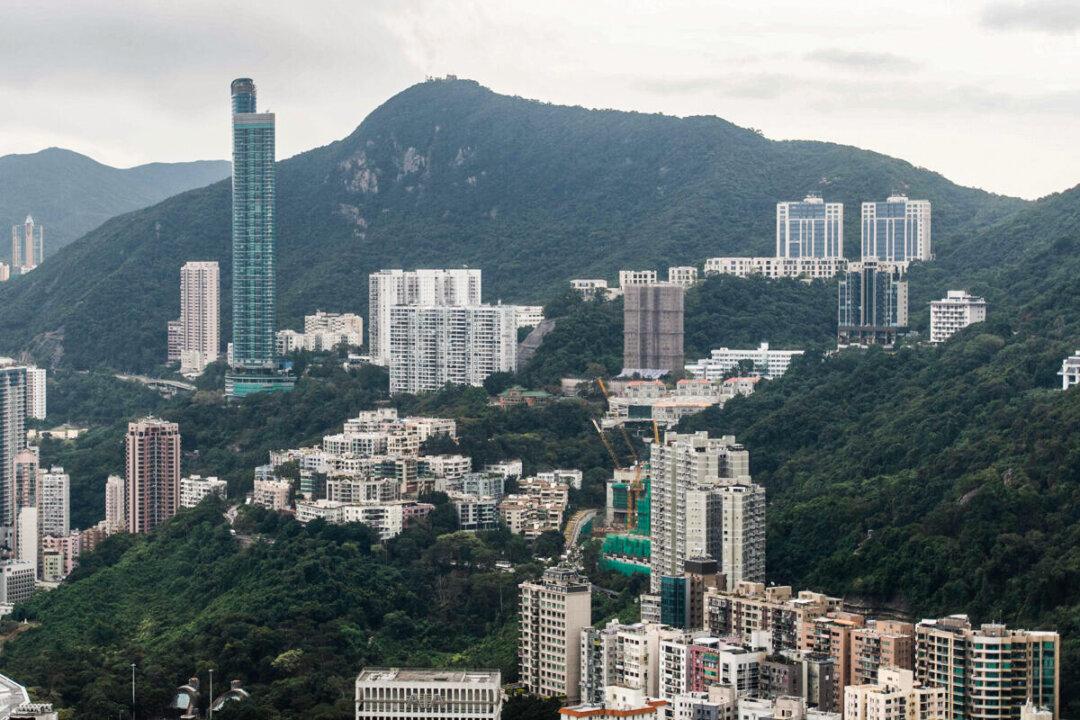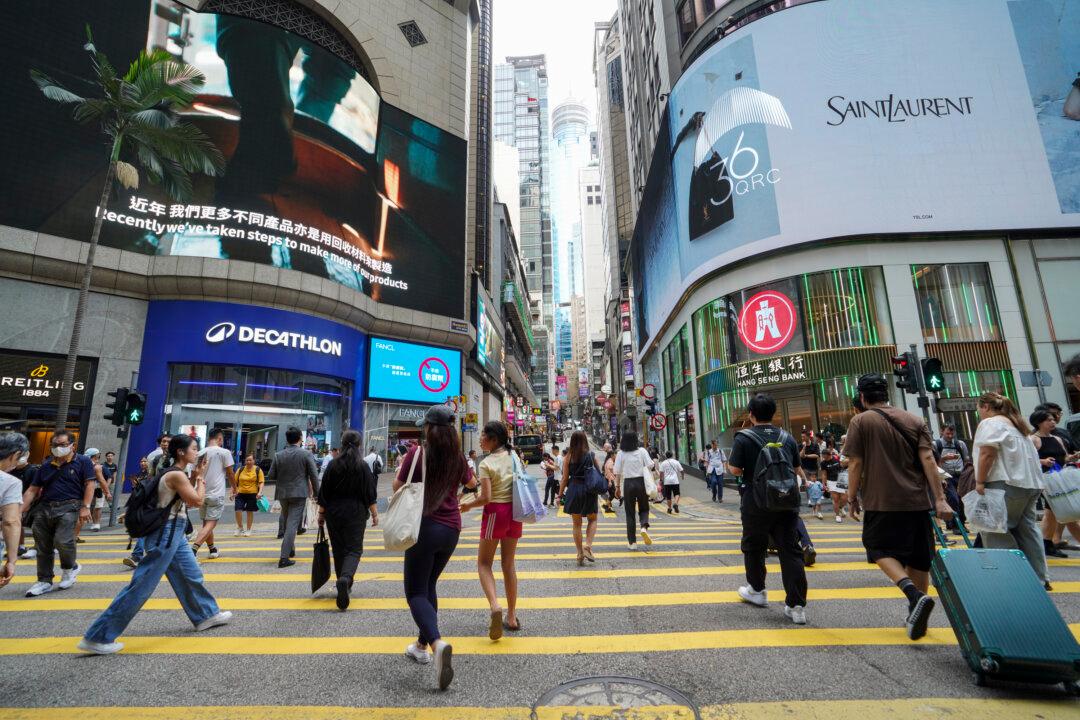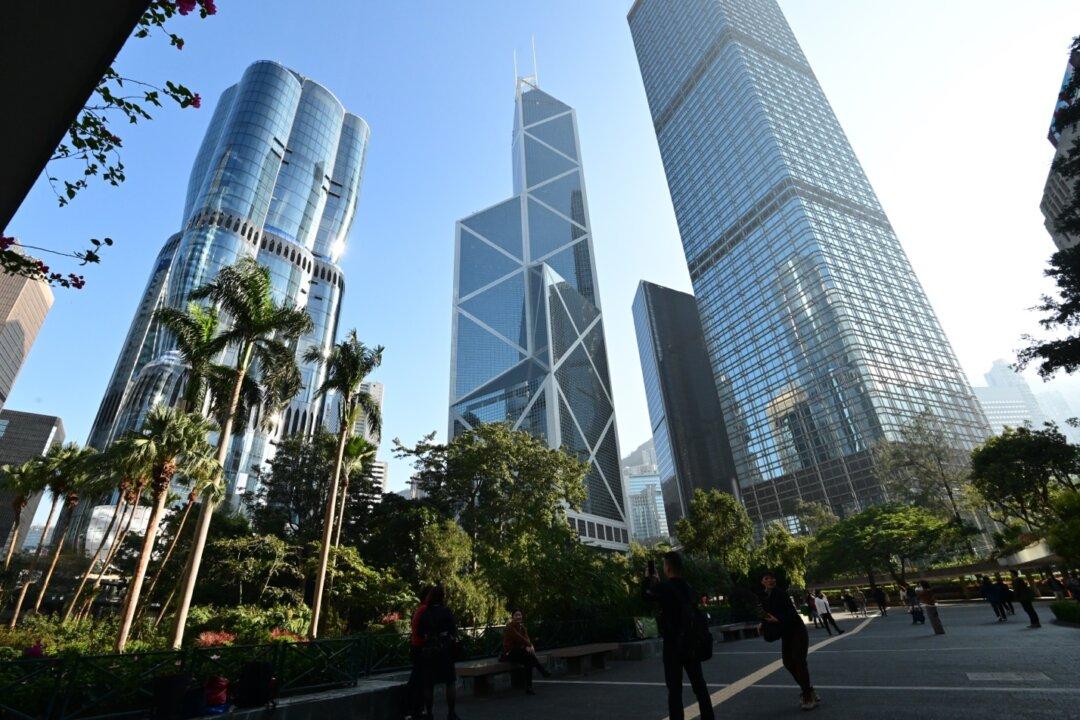COVID-19 killed over 13,000 people in Hong Kong, causing Hong Kong to lose its title of the world’s longest-living population.
From Jan. 21, 2020, when the infected started to arrive in Hong Kong via the Guangzhou-Shenzhen High Speed Rail from Wuhan, until Jan. 29, 2023, the last day of the authorities’ mandatory quarantine, there was a cumulative total of 13,120 deaths in Hong Kong related to COVID-19, according to data from Hong Kong health authorities.
